Please note that the links below are affiliate links, meaning that, at no additional cost to you, I may earn a small commission if you choose to make a purchase. Thank you!
Grafting Tools
Grafting Knife with Bark Lifter
Here is a link to my favorite grafting knife: Grafting Knife With Bark Lifter.

The bark lifter tool on this knife works very well. With this tool I am able to cleanly peel back citrus bark. This knife is from Victorinox, the inventors of the Swiss Army Knife, so of course it folds up nicely and goes easily in a pocket. To see if I could find a knife that I like better, I actually bought a couple of the other knives with bark lifter tools that can be found on Amazon. What I found with those is that the bark lifter is an afterthought and does not actually fold up like the Victorinox knife, so they are not pocket-friendly. Also the bark lifters on the others are a bit crude and one of them is bigger; perhaps they would be OK for grafting other trees with less delicate bark, but for grafting citrus trees the bark lifter on the Victorinox is the best. Also one of the others has a straight blade rather than a curved blade; I like the ability to rock the knife when making a cut, so the Victornox is more versatile with its curved blade.
Pruning Saw
This is my favorite pruning saw: Pruning Saw for Grafting.
It gives a nice clean cut and I like it that the blade folds into the handle.
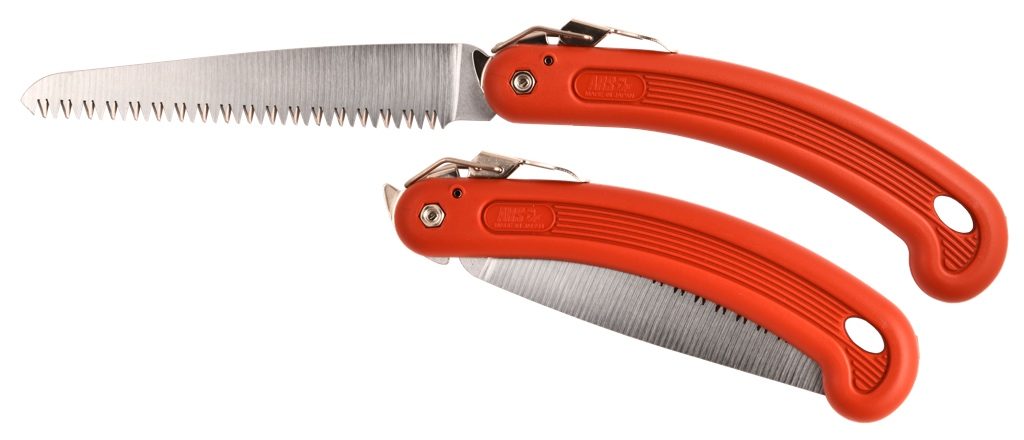
Heavy-Duty Hand Pruners
These are my favorite hand pruners: Heavy-duty hand pruners.
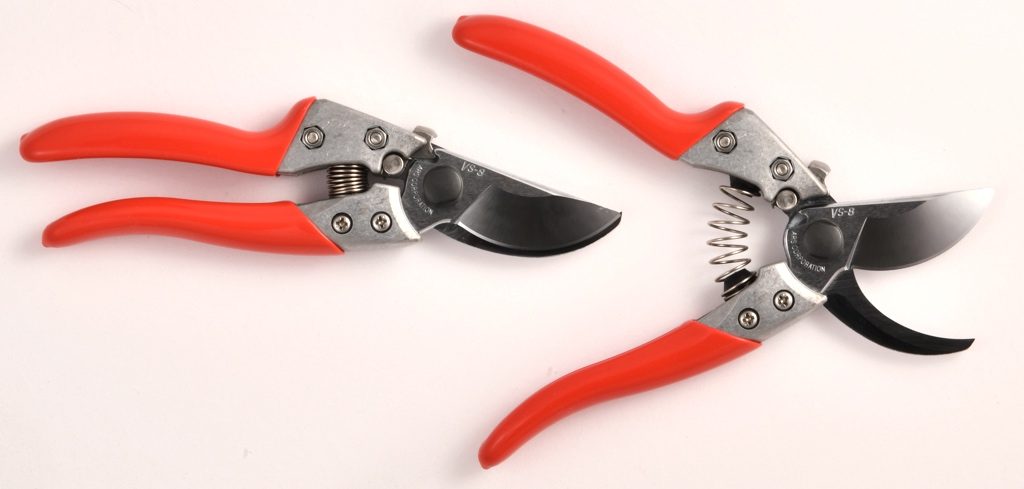

Safety Glove
Here is a link to the glove: Safety Glove
Some grafters use protective gloves like these to protect hands from cuts while grafting. Using a sharp grafting knife also helps to avoid slips.
Grafting Supplies
Buddy Tape
Buddy Tape is commonly used by citrus nurseries. It is an expensive product, but nurseries find that it is worth the extra expense because it saves labor. It sticks to itself well and holds the graft securely. A citrus bud grows easily through a single layer. There is no paper between layers on the roll. Buddy Tape.
Parafilm
Half-inch Parafilm
This is the parafilm that I use most often: Half Inch Parafilm.
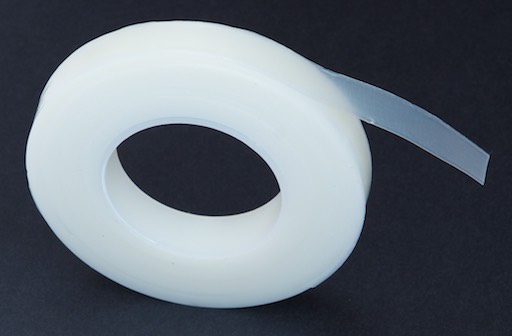
I used it in my videos on bark grafting citrus, chip budding citrus, and cleft grafting citrus. You may notice that it received a couple of negative reviews on Amazon. I believe that the people who gave it negative reviews probably did not understand how to use it; it is necessary to pull it gently while wrapping it to get a good seal. It is the wrong product for the person who was trying to graft tomatoes; probably the laboratory parafilm (see below) would be better for a delicate graft such as a tomato plant.
Laboratory Parafilm
This parafilm is commonly used in chemistry labs: Laboratory Parafilm.
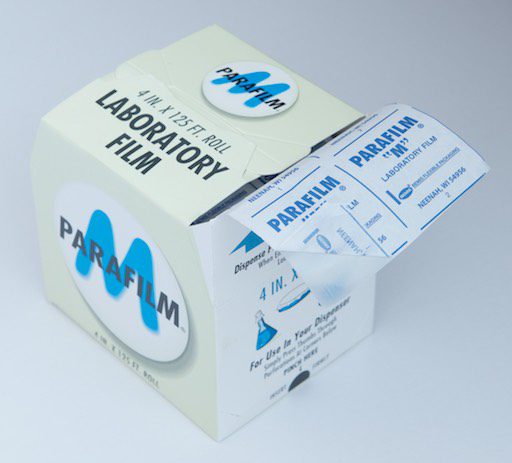
It also works very well for grafting. I prefer it for more delicate grafts and recently used it with great success grafting citrus with the Z-graft. Its advantage is that it stretches very easily. The disadvantage is that it comes on big wide rolls with paper in between the layers to keep it from sticking together on the roll. It takes extra time to cut it to a suitable size for grafting and peel it off of the paper. When grafting citrus trees it is best to work quickly, so I cut it and get it ready before grafting.
One-inch Parafilm
This parafilm is useful when bark grafting to a large diameter branch: One Inch Parafilm.
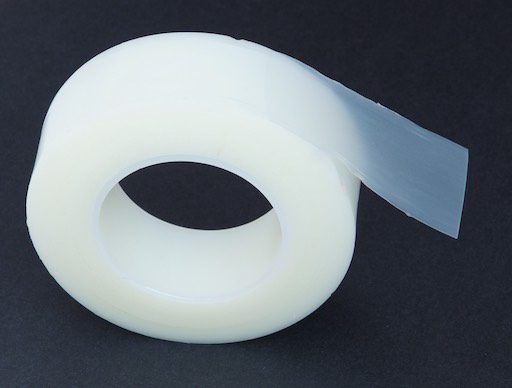
Vinyl Grafting Tape
Parafilm is not suitable for all types of grafting. For some others I use: Vinyl Grafting Tape.
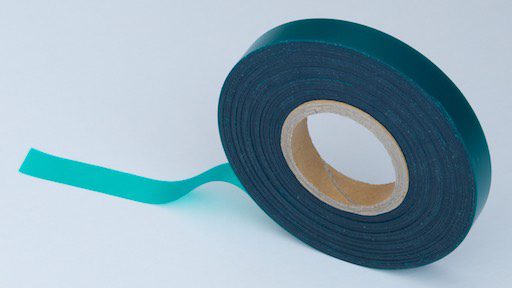
Vinyl grafting tape is useful for t-budding citrus trees and patch budding citrus trees. Vinyl grafting tape stretches a bit, but it is much harder to break than parafilm. This makes it useful for grafts (such as the t-bud and the patch bud) that require tight wrapping.
Plant Labels
I use these to label my grafts: Aluminium Plant Labels.
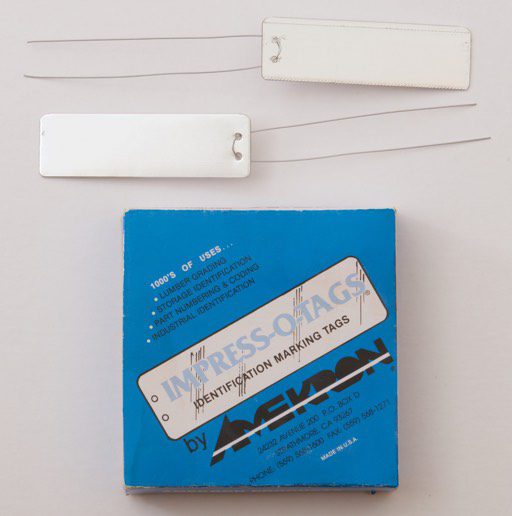
These aluminum tags are great for labeling grafts. They are easy to write on with a ball point pen. The ball point pen leaves an impression that makes the tag readable for many years unlike some tags where the ink washes off. Both sides of the tag can be written on, so the tag can be reused in case a graft fails. The tags come with the wires as shown in the photo. For very large branches, the plant training wire shown below can be used instead of the wire that comes with the labels.
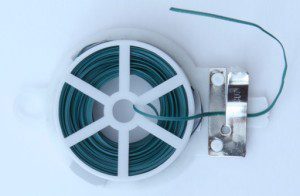
Plant Training Wire
I use this wire to tie a citrus tree to a stake: Plant Training Wire.
After newly grafted trees start to grow, I attach them to stakes with this plastic coated wire. The spool includes a handy wire cutter. This wire is also useful for attaching plant labels to large diameter branches.
Clorox Clean-Up
I use this to disinfect my grafting tools and pruning tools: Clorox Clean-Up.

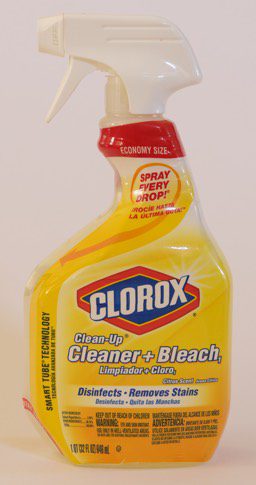 Clorox Clean-Up has chlorine bleach at a concentration above 1.5%. This will kill any pathogens that would harm a citrus tree.
Clorox Clean-Up has chlorine bleach at a concentration above 1.5%. This will kill any pathogens that would harm a citrus tree.